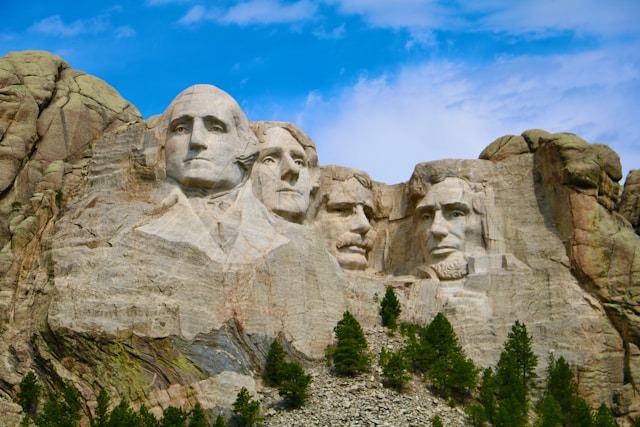
American history is a rich tapestry of events and narratives that have shaped the nation’s identity, encompassing a diverse array of transformative events and powerful stories. Preserving this complex history is about honoring and remembering the past and educating and inspiring future generations. Dedicated organizations across the United States play a crucial and active role in this task. By meticulously maintaining historical sites, organizing comprehensive educational programs, and advocating for heightened public awareness, these organizations ensure that America’s vibrant and multifaceted history remains not only accessible but also a significant influence on the cultural and educational landscapes of the country. This article explores the vital contributions of these organizations to preserving the continuity and integrity of American historical narratives.
The Importance of Historic Preservation
Historical preservation involves protecting, conserving, and managing changes to our heritage in a way that respects the past while accommodating the present. Organizations that preserve American history understand that these sites are more than just old buildings or documents. They are tangible connections to the past, offering insights into the struggles, achievements, and everyday lives of those who came before us. Preserving these elements allows a community to maintain character and continuity amidst a rapidly changing world.
Key Players in Historical Preservation
Several organizations are responsible for preserving American history. The National Trust for Historic Preservation, a privately funded nonprofit organization, works to save America’s historic places. State and local historical societies also play critical roles, often focusing on specific communities or themes within American history. These organizations conduct research, restore properties, and engage with the community to raise awareness and funds for ongoing preservation efforts.
Strategies for Effective Preservation
Organizations employ various strategies to preserve history effectively. One of the most significant is restoring historical sites to their original condition. This often involves detailed research and careful physical work to ensure historical accuracy and integrity. Another strategy is digitizing documents and artifacts, which makes history more accessible to the public and reduces the physical wear on original materials.
Education is also a crucial strategy. By hosting workshops, lectures, and community events, these organizations promote public understanding of the importance of preservation. They also collaborate with schools and universities to integrate historical preservation into their curricula, cultivating a new generation of historians and preservationists.
Challenges Facing Preservation Efforts
Despite their crucial role, historical preservation organizations face numerous challenges. Funding is a significant concern, with many relying on grants, donations, and government support, which are not always sufficient or consistent. Additionally, urban development pressures often prioritize new development over the preservation of old sites, leading to potential losses of historical areas.
Engaging a broader audience is also challenging. In a digital age where the new continually overshadows the old, attracting younger generations to appreciate and advocate for historical sites can be difficult. Organizations must innovate to make history relevant and interesting to a population that increasingly consumes information through digital means.
Technology’s Impact on Historical Preservation
Technology offers innovative solutions to many challenges faced by preservationists. For instance, advanced imaging and 3D printing technologies allow the reconstruction of artifacts and historical sites. Virtual reality (VR) can bring historical experiences to a global audience, making history more accessible and engaging.
Moreover, social media platforms enable organizations to reach wider audiences with their messages and campaigns. Through engaging online content, virtual tours, and interactive webinars, they can spark interest in historical preservation across diverse age groups and communities.
Future Directions for Historical Preservation
Looking forward, the future of preserving American history will likely involve a combination of traditional methods and modern technology. As environmental concerns grow, sustainable preservation practices will become more critical. This could include using eco-friendly materials in restorations or implementing energy-efficient systems in historical buildings.
Collaborations between historic preservation organizations and other sectors, such as tourism and education, will also be vital. These partnerships can provide new funding sources and increase public engagement with history, ensuring preservation becomes a shared community effort.
Preserving American history through dedicated organizations is an ongoing journey that requires passion, persistence, and innovation. These organizations protect the integrity of historical sites and ensure that the lessons of the past remain a vibrant part of the future. Supporting these efforts is essential for anyone who values the history and heritage of the United States.